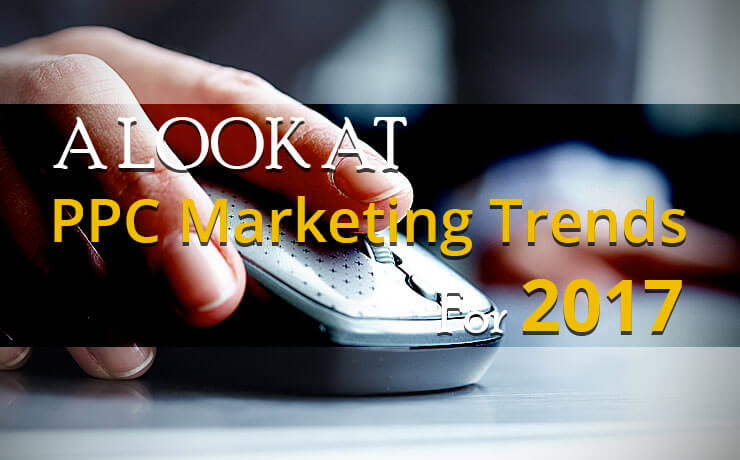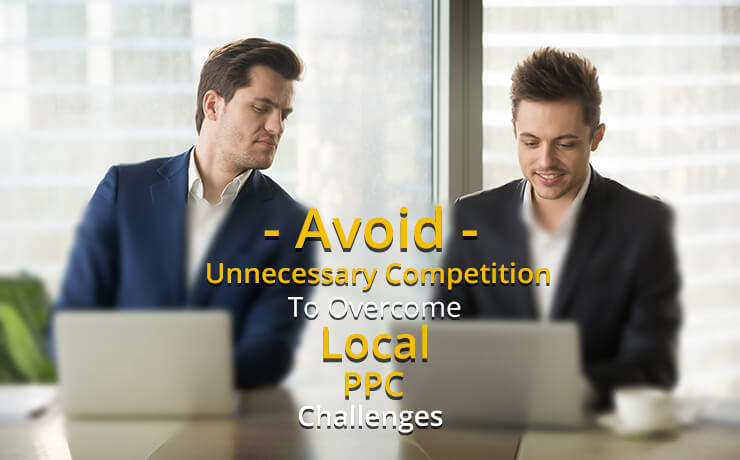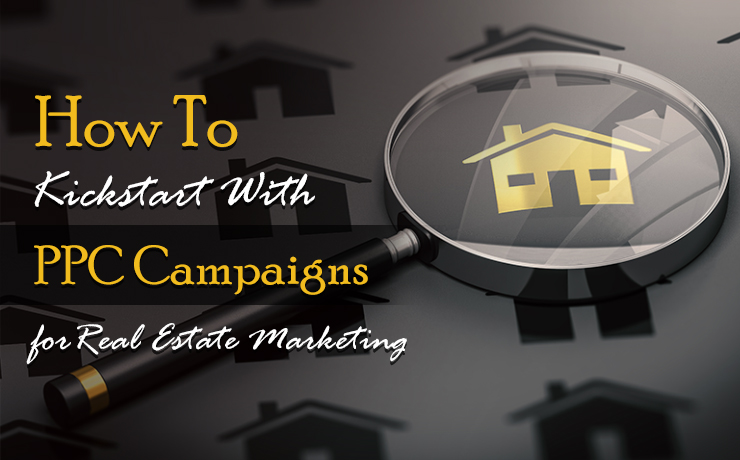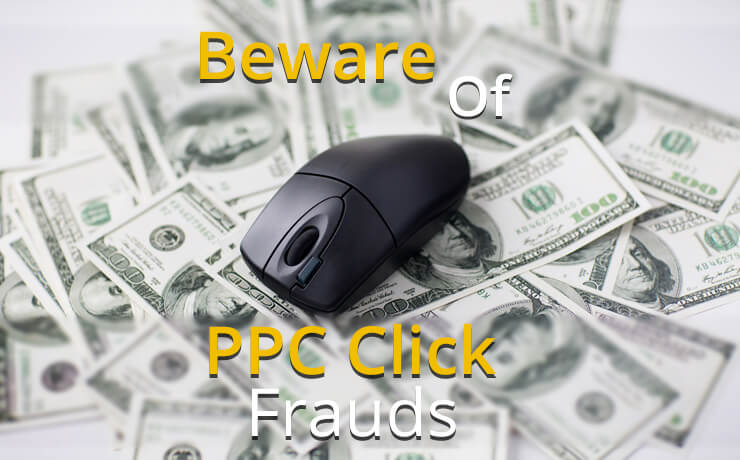Optimizing Ecommerce Success: Choosing the Best Digital Advertising Platforms for Your Brand

Isaah Nabers
PPC Analyst, eCommerce Specialist
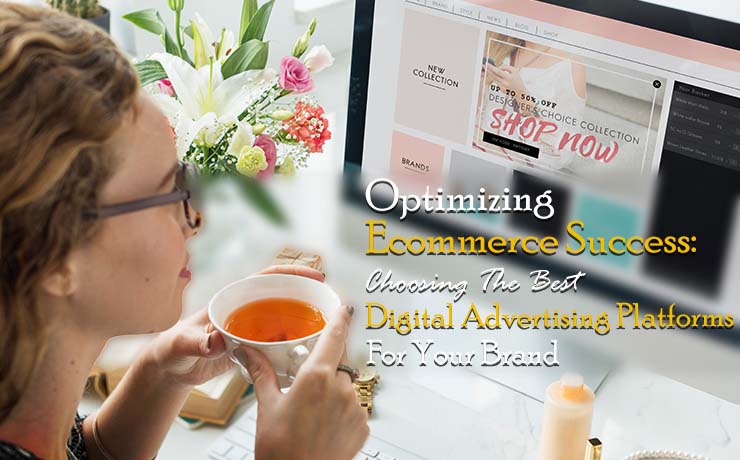
In today’s competitive ecommerce landscape, brands must effectively navigate the ever-evolving world of digital marketing to stay ahead of the curve. The immense variety of online marketing platforms available has made digital advertising absolutely essential for driving business growth and outpacing the competition. Fortunately, the rapidly expanding digital arena also presents unparalleled opportunities for businesses to thrive and achieve success.
A robust digital marketing strategy can be the deciding factor between a flourishing ecommerce brand and one that struggles to gain traction. Recognizing the significance of a powerful digital advertising plan is the first step towards success. Next, you must identify the most suitable platforms to execute your strategy.
The Fab Five of online advertising – Google, Microsoft, Meta (formerly Facebook), Pinterest, and the emerging TikTok – dominate the advertising landscape and collectively command the majority of advertising spend. Each platform presents distinct advantages and drawbacks, depending on factors like your product offerings, messaging, and target audience.
While you don’t need to employ all five platforms in your digital marketing game plan, selecting the top two or three that best align with your goals will put you in a strong position to compete for the championship – or in this case, drive valuable conversions for your ecommerce brand. Let’s delve further in.
Google Ads
We’ve all experienced it – seeking answers to questions, whether it’s about movie titles, the weather forecast, or finding the perfect pair of shorts. More often than not, the solution is simple: “Google it.” With its unparalleled search capabilities and user-friendly interface, Google has become the go-to search engine for billions of people worldwide. The fact is that everyone uses Google, and if you’re not, you’re missing out on one of the most powerful online tools ever created.
When it comes to search engines, there’s Google, and then there’s everything else. Oberlo’s recent study highlights Google’s dominance in the online landscape:
- 91.9% of all online searches occur on Google.
- Google receives 89.3 billion visits per month, making it the #1 visited site globally.
- Users perform 8.5 billion searches every day on the platform.
- 84% of Google users utilize the search engine three or more times per month.
For business owners seeking growth, these statistics emphasize one crucial point: you need to be on Google. People trust Google for learning, exploration, and ultimately, making purchases. Leveraging this trust is essential to your ecommerce company’s success.
Launching your first Google Ads campaign might seem daunting, but don’t worry, SmartSites is here to help. Regardless of your product or service – be it homes, pets, or apparel – Google is an advertising platform you simply cannot overlook. As the MVP of the Fab Five, Google Ads consistently delivers top-notch performance, providing you with a competitive edge. Its extensive reach and powerful targeting capabilities drive traffic, conversions, and ultimately, business growth. So, don’t hesitate to make Google Ads an integral part of your ecommerce marketing strategy today.
META
Meta (formerly Facebook/Instagram) remains a powerful force in online advertising, despite recent challenges due to privacy and tracking updates. In 2022, Meta generated a staggering $112 billion in ad spend, securing its position as the second-leading ad platform [1].
To succeed on Meta, advertisers must prioritize continuous optimization and develop a compelling strategy that captivates users. Unlike Google Ads, where users actively search for solutions, Meta requires advertisers to capture the attention of users who are engaged in other content [1].
A potent Facebook ad comprises two essential components: persuasive copy and enticing creative [2]. Effective copywriting can adopt various styles, such as long-form storytelling or benefit-driven messaging. The key is to create an emotional connection with the audience [2].
Creative assets should complement the copy and resonate with the target audience. Popular options include videos showcasing the product/service, testimonials featuring the product in use, and static images highlighting the benefits [2].
Audience testing is crucial for a successful Meta ad campaign. Facebook offers a wide range of audience targeting options, including in-market, affinity, demographic, and custom data sources [3]. By refining audience targeting and combining it with strong creative ads, advertisers can maximize their chances of driving results on Meta’s platform.
References:
[1] How to Create, Optimize, and Test Meta Ads (formerly …
[2] How To Use (Meta) Facebook Ads Manager: A Guide for …
[3] How to Optimize Your Facebook Ads: 10 Tips & Tricks from …
Microsoft Advertising
Microsoft Advertising, previously known as Bing Ads, is an advertising platform that may seem outdated but is still achieving impressive results in 2023 [1]. Bing holds the position of the second most used search engine, capturing 2.46% of all search traffic, and industry experts anticipate this number to increase over the next few years [1]. With over 1.1 billion active users, Microsoft Advertising offers a vast audience for businesses to target [1].
The demographic using Microsoft search includes a 50/50 split of men and women, with 55% of searchers using Bing for product research, 57% having children living at home, and nearly 50% within the age range of 25-44 [1]. This diverse audience presents ample opportunities for advertisers to reach their target market.
In terms of interface and functionality, Microsoft Advertising closely resembles Google Ads, making it easy for advertisers to set up bid and audience optimizations [1]. The platform even enables a recurring import of Google Ads campaigns, allowing the majority of changes made in Google Ads to be transferred seamlessly to Microsoft Advertising [1]. As a result, Microsoft Advertising is an attractive option for businesses exploring the digital marketing landscape, especially those looking to diversify their advertising channels and reach a wider audience.
References:
[1] A Beginner’s Guide to Microsoft (Bing) Ads in 2023
[2] Microsoft Ads in 2023: Key areas to leverage, test and …
[3] Microsoft Ads: A Beginner’s Guide for 2023
Pinterest is a digital bulletin board or vision board with around 450 million active monthly users, making it a powerful platform for advertising [1][3]. It’s essential to determine if Pinterest is the right platform for your ecommerce product or service, as it’s more suitable for visually appealing items, such as recipes, fashion, home decor, or tools used in creative projects.
In 2023, Pinterest advertising can provide significant results when used strategically [1]. It’s crucial to have eye-catching creatives, as Pinterest is a visually-driven platform where users are drawn to stunning images that stand out among the plethora of available content [3]. Ensuring your visuals are attractive and engaging can increase the chances of your ad’s success.
Pinterest also offers keyword targeting, a feature not available on Facebook [2]. By combining keyword targeting with interest and demographic targeting, you can precisely determine who sees your ad and improve your reach to a relevant audience [2]. If your product aligns well with the Pinterest platform and its user base, it’s worth exploring advertising opportunities on this platform to boost visibility and drive conversions in 2023.
References:
[1] Pinterest Ads: A Simple Guide for 2023
[2] How to get started with Pinterest Advertising in 2023
[3] How Much Does Pinterest Advertising Cost in 2023?
TikTok
TikTok is the new kid on the block when it comes to digital advertising, but it’s quickly becoming one of the most popular social networks for businesses and consumers alike. The platform has over 800 million active users worldwide and its user base is growing rapidly. It’s especially popular among younger audiences, making it a great choice for businesses targeting Generation Z or Millennials.
If you’re looking to reach an audience that is engaged, creative, and loves to have fun, then TikTok is the perfect platform for you. TikTok ads are available in various formats and sizes, including video ads that can range from 15 seconds to 60 seconds long. These videos can be created using a variety of editing tools such as text overlays, filters, music tracks, stickers and more. Plus, you can use interactive elements like polls and quizzes as part of your ad campaigns to engage your audience even further.
In conclusion, the Fab Five of digital advertising – Google Ads, Microsoft Advertising, Meta, Pinterest, and TikTok – offer ecommerce businesses a diverse range of platforms to reach their target audiences effectively. By selecting the right platforms and crafting engaging ad creatives, marketers can significantly enhance the success of their digital marketing campaigns.
Each platform caters to unique user demographics and interests, allowing businesses to tailor their advertising strategies accordingly. Google Ads and Microsoft Advertising excel in search-driven marketing, while Meta and Pinterest provide powerful tools for visual and social media advertising. TikTok, on the other hand, is a rising star for businesses targeting younger audiences, with its interactive ad formats and user-generated content capabilities.
To maximize the potential of these platforms, it is essential for marketers to stay up-to-date with the latest trends and platform-specific features. Embracing the opportunities that the Fab Five present, businesses can create compelling and engaging ad campaigns that resonate with their target audience, ultimately driving growth and success in the digital world.
 Free
Consultation
Free
Consultation Free
Google Ads Audit
Free
Google Ads Audit
